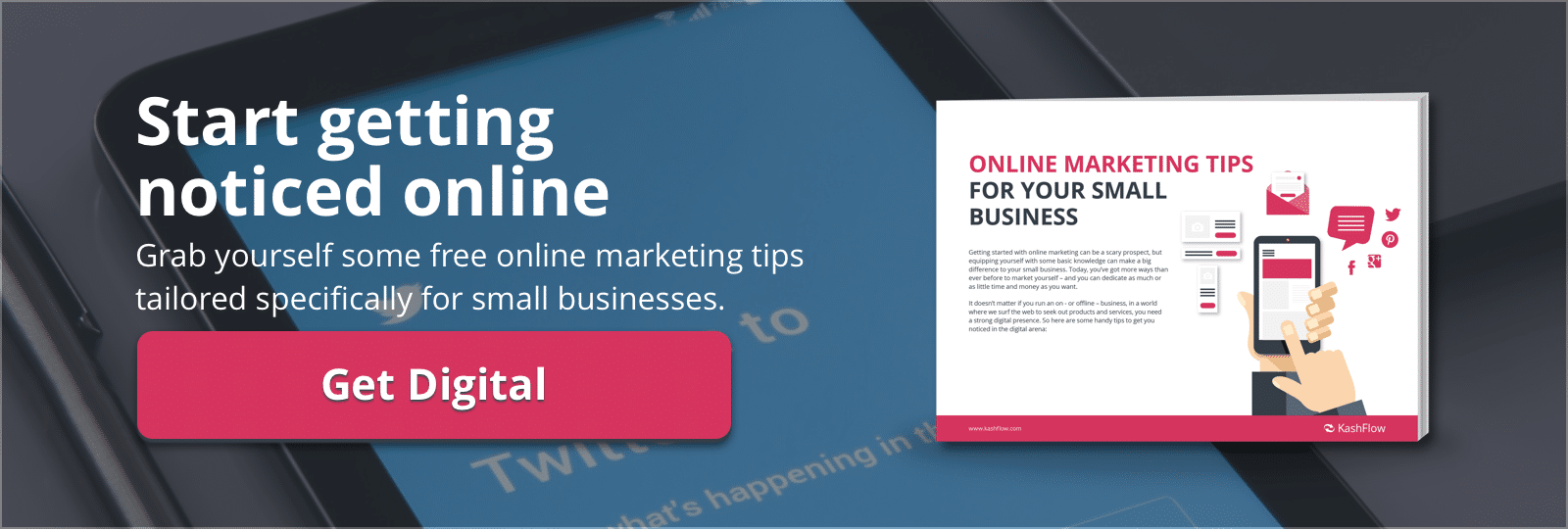Tips & Tricks for Online Small Business Success
There’s never been a better time to start a small business, given the explosion of technological devices and the Internet of Things. The sheer extent of our global connectivity means that, today, you can reach customers on the other side of the planet for mere pennies on the dollar.
For you, the average consumer and above-average entrepreneur, this represents a wonderful opportunity to offer your services on multiple platforms. No matter what business idea you have, as long as it represents something that a sizable number of people desire, you can get started online far easier than just a decade ago.
Everything from handbags, yoga pants and tailored wallets, to handmade soaps and a custom promotional pens offer, can find success online. The method is fairly straightforward, but requires dedication and attention to detail to execute correctly. Let’s get started – the following are a few tips and tricks to make your small business venture a successful one this year.
Organization is the Springboard to Success
Although having an online business is much more convenient than the old brick and mortar variant; it still takes just as much work. One of the first things you need to do is to gather all of your social media accounts in a convenient location – create a new Chrome browser with these as important websites as bookmarks, for example – to put the daily promotional tools at your fingertips.
Many successful small business owners have found that organization also gives them new ideas; you can use your Google Analytics account (free for up to 100 websites) to find where your traffic is coming from, and for which keywords. Pay attention to your most popular pages, for these are the proverbial moneyshots; you can create more content in the future around those popular themes.
It’s also a good idea to list the results of your long-tail keyword research in a notepad on your desktop, so that you always have a reference when you’re creating new blog posts, and making posts to your social media platforms. Although your content must, of course, be original and target real human readers, you still need search engines to be able to find you via keyword and rank you accordingly in the SERPS (Search Engine Results Pages).
Seriously Consider Reputation Management
This is very important for social media. The last thing you want to have to do is retract statements made by an employee, posting on your behalf, that the public disagrees with. In a climate of competition, it is too easy to give consumers a reason to go elsewhere for the services they need. As for a practical way to go about brand reputation management, the next step you should take is set up a Google Alerts search to be informed of instances where your brand is mentioned. You can tailor it to once a day, per week, per hour or even as it is picked up by the search engines. It can be a very effective tool.
Avoid Stagnation – Be Flexible
Sure; you have your core brand ideas; but if you aren’t willing to incorporate new trends into your product suite, you run the risk of being supplanted by your competition – and this can sometimes be irrecoverable. Social media is the best way to deal with this, since it is more “real-time” than Google Search, which can take a few hours or even days to register developing news as picked up by other websites.
Pay Attention to Technical Details – Website Speed Is Paramount
Plenty of metrics show that slowly-loading websites lose the battle – every time. People are much more likely to simply navigate away from your site if it takes too long. Your own internet connection needs to be adequate, and then your website speed must be competitive. This is especially true of mobile devices; it might require a professional developer to adapt your site for mobile responsiveness. It’s worth it – a sizable percentage of purchases are made from Smartphones these days.
If Stuck – Observe the Competition
Fact is, you should be observing the competition even when the going is good. But, if you hit a dry spell and your numbers are either steady or dropping, use analytical tools to discover what your competition is doing. What is their blogging schedule, for example? This helps a great deal if they have been at it for longer than you, too, as they would have worked out many of the kinks and saved you the time and money in working them out yourself.
Customer First
Competition is the engine that drives robust economies. How does this tie into the business mandate “customer first?” Because the only way you can beat the competition is by better providing the customer with what she wants – and doing this at a better price. Avoid thinking too much about how much money you want to make; the money will follow inevitably if you follow the former. This extends to how you approach social media posts and question responses, as well as how you structure your blogs.
B2B Outreach
Business to business outreach is essential in this day and age. One of the ways to do this in the online space is to approach other businesses, and offer to guest post on their blog. Make sure to get an idea of their preexisting style, so that you can contribute something relevant. Your site will benefit from the backlink you provide with the search engines.
Although this has been marketed as tips and tricks for small business success in the online space; it can actually form the basis of your offering. There are many things that can find success in cyberspace these days, whether it’s a physical product like bean bags, or a digital product like online accounting software. It takes the right attitude, approach, and diligence.



